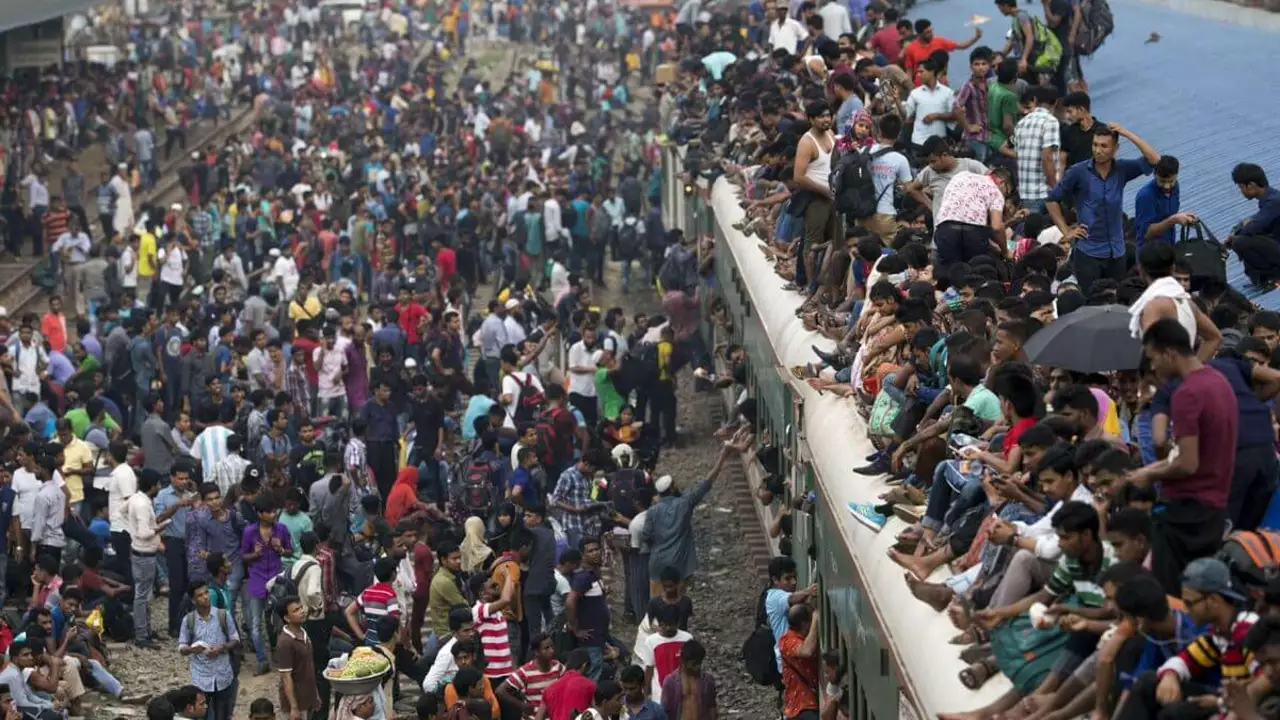India's population boom can be attributed to a few key factors. Firstly, high fertility rates in the past have created a 'population momentum'. Secondly, improvements in medical technology and healthcare have led to increased life expectancy. Lastly, traditionally, larger families are often seen as a source of economic and social security. So, in a nutshell, a combination of historical, cultural, and technological factors have contributed to India's high population.
Overpopulation Causes: Why the World’s Population Is Soaring
Ever wonder why the number of people on Earth keeps climbing? It’s not magic – it’s a mix of clear, everyday reasons. Understanding these overpopulation causes helps you see what’s driving the growth and what we can do about it.
Key Factors Behind Rapid Growth
First up, higher birth rates. In many rural areas, families still have several kids because children are seen as extra hands for work or a safety net for old age. When families have more children than they can comfortably support, the total population spikes.
Second, lower child mortality. Thanks to better vaccines, clean water, and improved medical care, fewer kids die before they grow up. When more children survive, the population naturally goes up.
Third, longer life expectancy. People are living longer thanks to healthier diets, better hospitals, and safer living conditions. A longer lifespan adds more people to the total count, especially when older folks stay active in society.
Fourth, immigration. When people move from crowded or poor regions to places with more opportunities, the receiving area’s numbers swell. Migration can be a big boost for urban centers.
Fifth, cultural and religious norms. Some traditions encourage large families, and those beliefs keep birth rates higher than in societies that favor smaller families.
How These Causes Affect Society
More people mean more demand for food, water, and housing. In cities, this often shows up as cramped apartments and soaring rent prices. Rural areas might see land being split into smaller farms, which can lower productivity.
Education systems feel the pressure too. Schools get overcrowded, teachers are stretched thin, and resources like books and computers become scarce. That can hurt the quality of learning for everyone.
Health services also get taxed. Hospitals and clinics have to treat more patients, which can lead to longer wait times and reduced care quality if funding doesn’t keep up.
On the environmental side, more people use more energy, generate more waste, and put extra strain on natural resources. Deforestation, water scarcity, and higher carbon emissions are common side effects.
But it’s not all doom and gloom. Understanding the overpopulation causes lets governments and NGOs plan smarter. Programs that provide family planning, improve women’s education, and boost economic opportunities can help balance growth.
For example, when women have access to education and jobs, they often choose to have fewer children. That simple shift can slow down population spikes without forcing anyone’s hand.
Another practical step is investing in renewable energy and efficient farming. If we produce more food with less land, we can feed more people while preserving the environment.
Finally, smart urban planning can make cities livable even as they grow. Building affordable housing, expanding public transport, and creating green spaces keep life quality high.
Bottom line: overpopulation isn’t caused by one thing. It’s a blend of higher birth rates, lower death rates, longer lives, migration, and cultural habits. Knowing the mix helps us tackle the challenges and build a future where more people can thrive without squeezing the planet too hard.
